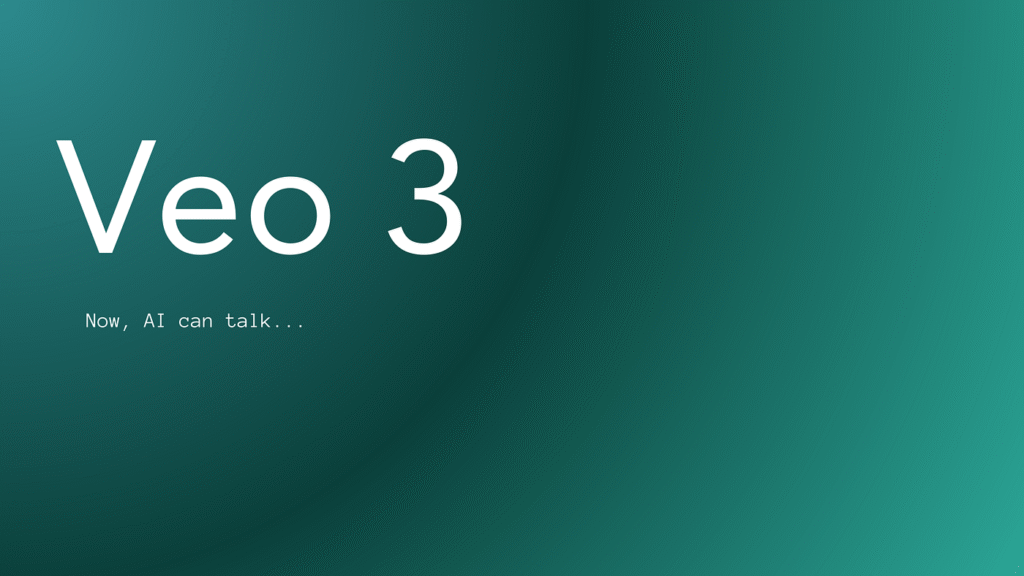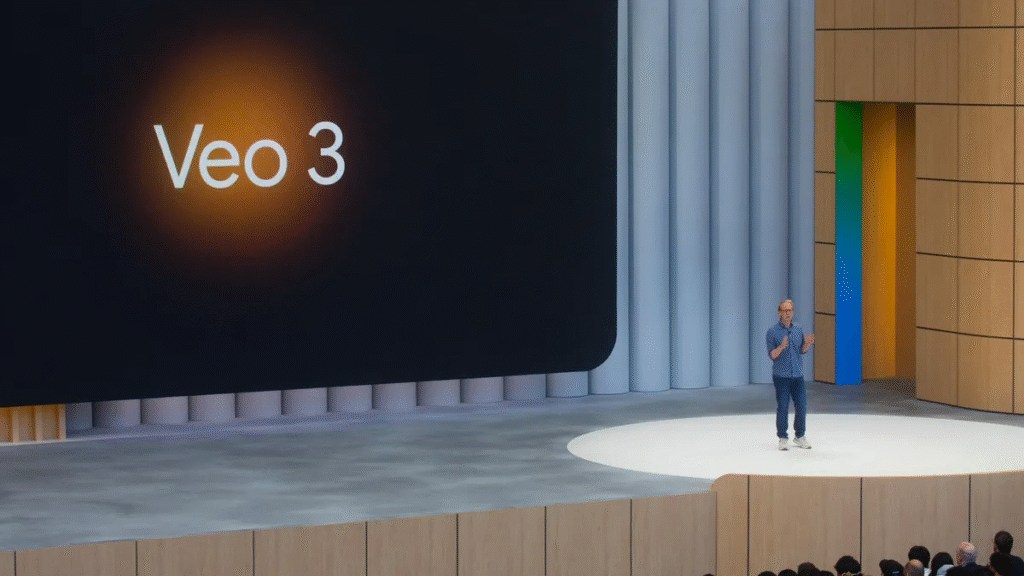Google Veo 3 is a new tool that makes eight-second video clips at 720p resolution with matching sound effects and spoken words. It takes a text description or a still image and turns it into moving pictures. It uses a method called diffusion to learn from real videos that it saw during training. Then it starts with random noise and refines that into a scene that matches the prompt. A language model helps it follow detailed requests. An audio model adds sounds like footsteps or dialogue to the final clip.

Flow Makes Video Creation Simple
Flow is an online companion to Veo 3 that combines it with Google’s Imagen 4 image generator and Gemini language model. Creators can type or speak natural sentences to shape scenes and choose characters locations and camera moves in a web page. Flow shows a storyboard-style timeline and lets users fine-tune each shot. It blends the power of text AI, image AI, and video AI to make a simple video app for everyone.
Testing Veo 3’s Realism
In tests, Google Veo 3 felt like a leap forward compared to older systems. Scenes with people looked more natural, and the audio matched the action in most cases. Sometimes a character’s lips did not sync perfectly, or a voice came from the wrong person. Subtitles appeared garbled because Veo learned from videos with imperfect captions. Overall, it showed better coherence and more lifelike motion than models from other labs.
Global Rollout and Cost
Google first made Veo 3 available to US users of AI Ultra at twelve thousand five hundred credits per month for two hundred fifty dollars. Each video costs one hundred fifty credits or about one dollar fifty cents in extra credit blocks. After a hundred hours of US access, Google opened Veo 3 to seventy-one more countries outside the EU. Pro subscribers get ten video credits while Ultra members gain up to one hundred twenty-five for use with Flow.
Safeguards and Ethical Use
Google embeds an invisible watermark in each frame it makes with a tool called Synched. This marker survives editing or compression and helps identify AI-made clips. Google also blocks topics that break its content rules, such as graphic violence or the use of certain celebrities. These steps aim to stop misuse and help viewers verify if a video is real or AI-generated.

Why Google Veo 3 Matters
Veo 3 shows how fast AI video has advanced in just months. The addition of synced audio moves video creation closer to tools that require professional skills and hours of work. These advances bring new creative options but also raise concerns about deepfakes and misinformation. As more people gain access to powerful video AI in more places, it will be vital to check sources and use verification tools.
Google Veo 3 sets a new bar for AI video generation. It blends text, image, and audio AI into one package that anyone can try. With its global launch, Google invites creators to explore new forms of storytelling while calling on them to use the technology responsibly.





